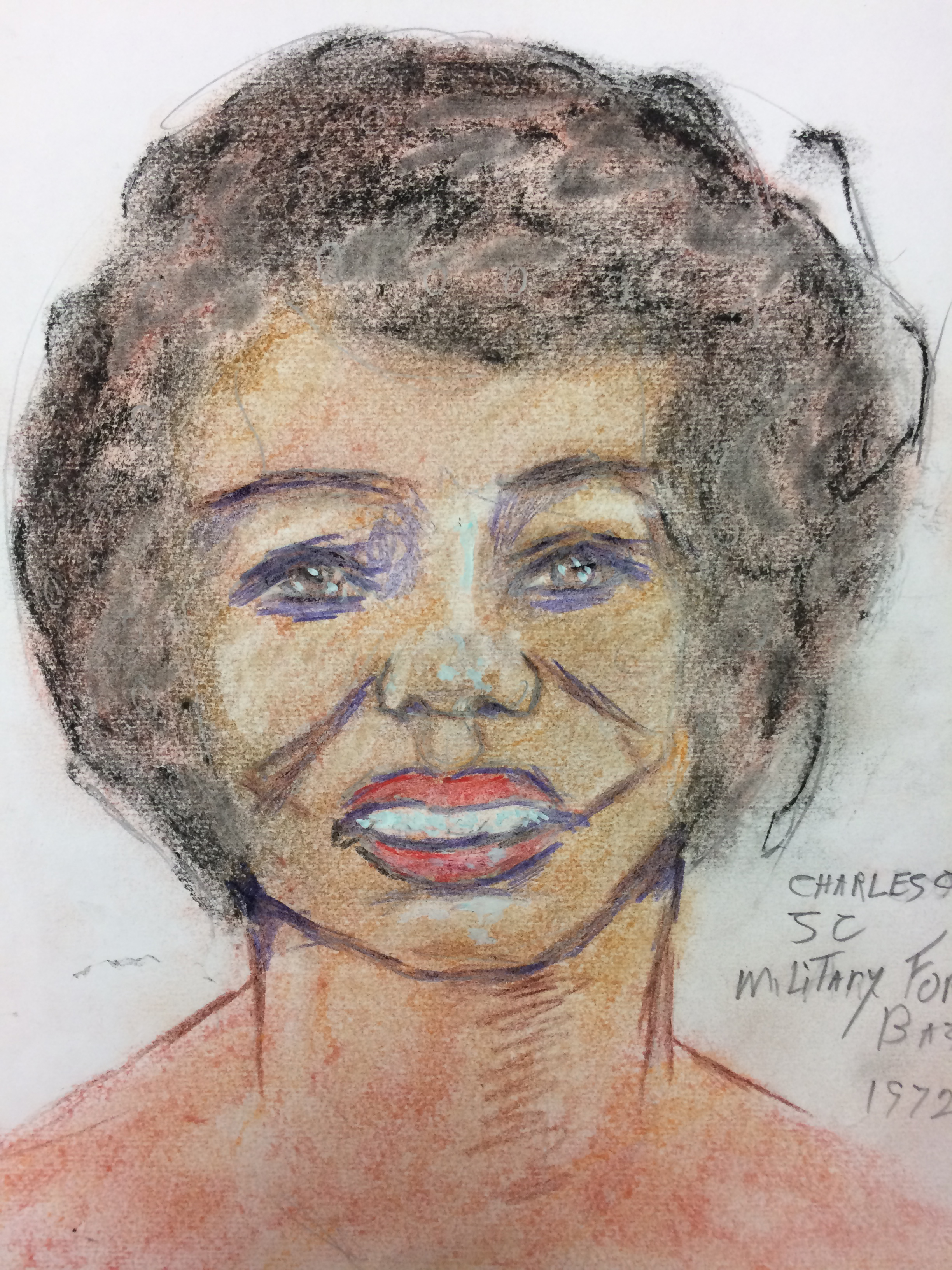

In the last half decade, Stieg Larsson’s Millennium Trilogy (2005–2007) has become an international hyper-bestseller (Bergman 2013b) phenomenon, adapted across linguistic, cultural, and medial boundaries. KEYWORDSĪdaptation, trans-medial translation, inter-semiotic translation, graphic novel, crime fiction, Stieg Larsson, Millennium trilogy, Lisbeth Salander, Denise Mina, The Girl with the Dragon Tattoo.

Mina, Manco, and Mutti are found to contribute to transforming Salander in a manner that weakens the strong political agenda that characterised Larsson’s original novel. It is concluded that in the graphic novel, Salander is depicted as more “normal” and simultaneously more of an outcast, less of a (feminist) superhero, softer and more emotional, and less of an expression of feminism than she is in Larsson’s novel. The transformation of Salander is analysed by means of comparative close readings of central scenes, and media specific features in combination with additional choices made by the creators of the graphic novel are highlighted. But what happens to Larsson’s complex woman protagonist, Lisbeth Salander, when the story is adapted and transformed? In this article, Larsson’s first novel, The Girl with the Dragon Tattoo (2005), is compared to its graphic novel adaptation (2012–2013), written by Denise Mina with visual renderings by Leonardo Manco and Andrea Mutti. Stieg Larsson’s Millennium Trilogy (2005–2007) has become an international hyper-bestseller phenomenon, translated and adapted across linguistic, cultural, and medial boundaries. Home > Issue22 > Bergman article From literary girl to graphic novel hero: trans-medial transformation of Stieg Larsson’s Lisbeth Salander Kerstin Bergman, Lund University ABSTRACT


 0 kommentar(er)
0 kommentar(er)
